When the Rivers Inlet sockeye runs collapsed in the 1990s, following thousands of years of incredible abundance, the First Nations community of Wuikinuxv was brought to its knees.
Now, says Chief Danielle Shaw, there’s hope that a vast new network of marine protected areas for B.C.’s North and Central Coast will spark a revival of runs of chinook, oolichan and sockeye, which are the foundation of life for her people.
“The devastation that resulted from [the sockeye collapse] impacted our ability to stay in the community and feed our families,” recalls Shaw, now chief councillor of the tiny village on the Wonnock River that links Rivers Inlet with Owikeno Lake.
“But it was not just that, it was all the other species that rely on salmon to live. There had to be bear culls because starving bears were wandering through communities and causing chaos. But they were in dire need of food, too.”
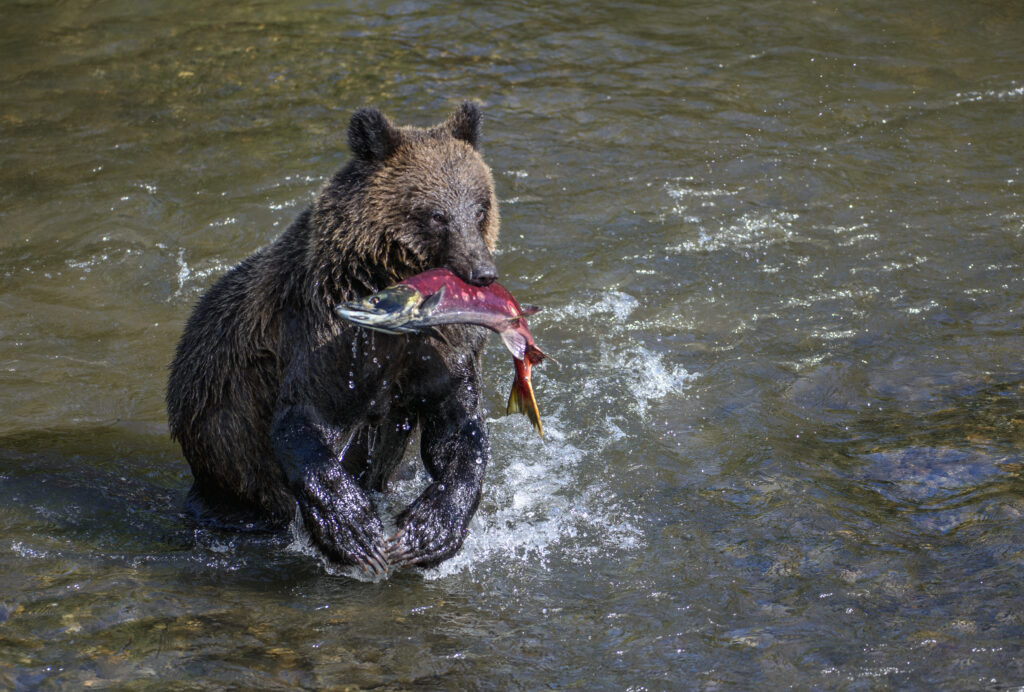
The Rivers Inlet run was long one of the most bountiful on the coast, surpassed only by the Fraser and Skeena. The huge watershed feeding Owikeno Lake has scores of sockeye streams and remained largely beyond the reach of loggers.
The sockeye collapse has been attributed to overfishing, mismanagement, and poor ocean survival. At the same time, the Wuikinuxv also faced the collapse of their oolichan runs.
My elders always speak of a time when our river would be silver with oolichan.
Danielle Shaw, Chief Councillor of the Wuikinuxv Nation
“My elders always speak of a time when our river would be silver with oolichan,” says Shaw. “It’s an oily fish, about the size of a herring, that’s really nutrient dense. We call the grease that comes from it liquid gold because when you’re sick, you can just have a teaspoon of it, and it will boost your immune system really rapidly.”
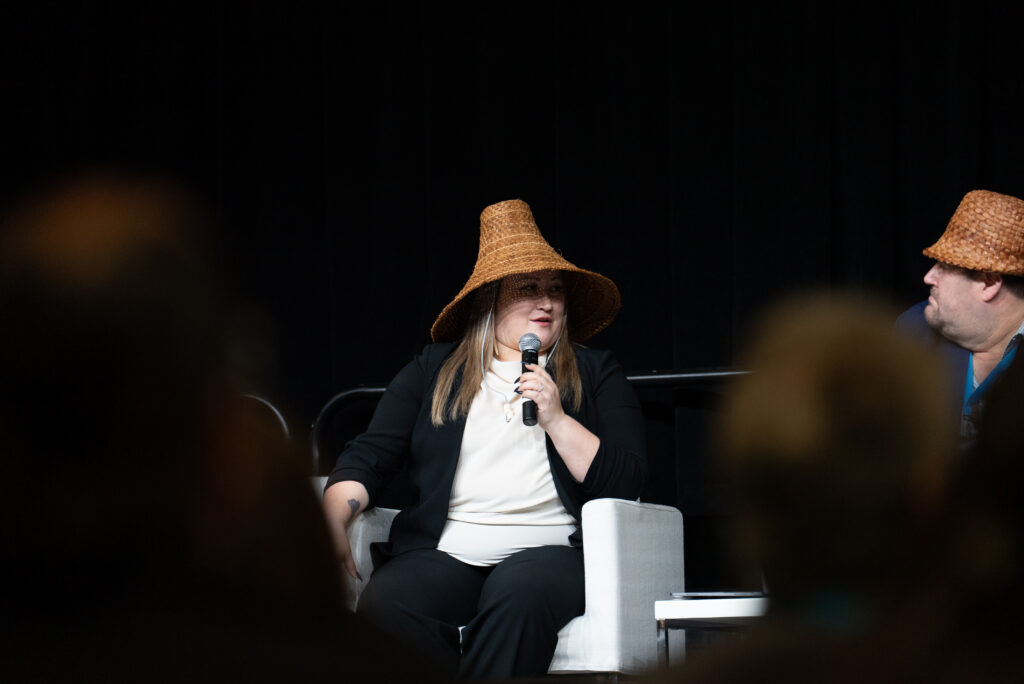
“Now we don’t see it as much. When we do, it’s a huge celebration,” she said. “We’re doing whatever we can to revitalize those stocks, but unfortunately, they’re a victim of bycatch for big commercial fisheries and a warming ocean.”
That’s why Shaw joined other coastal indigenous leaders at IMPAC5, a global conference on marine conservation in Vancouver, to celebrate the news that Canada will now be moving to protect nearly 30,500 square kilometres of crucial marine areas from threats like bottom dragging and poaching.
Canada and B.C. pledged to work with Indigenous coastal communities to implement this network of marine protected areas, which stretches from the north end of Vancouver Island to the Alaskan border.
Shaw grew up in Burnaby and trained in business administration before returning to Wuikinuxv in 2011 for a visit. That visit turned into a decision to move home and take on whatever jobs she could find or needed doing. In 2020, she was elected chief councillor of the first all-woman council in the nation’s history.
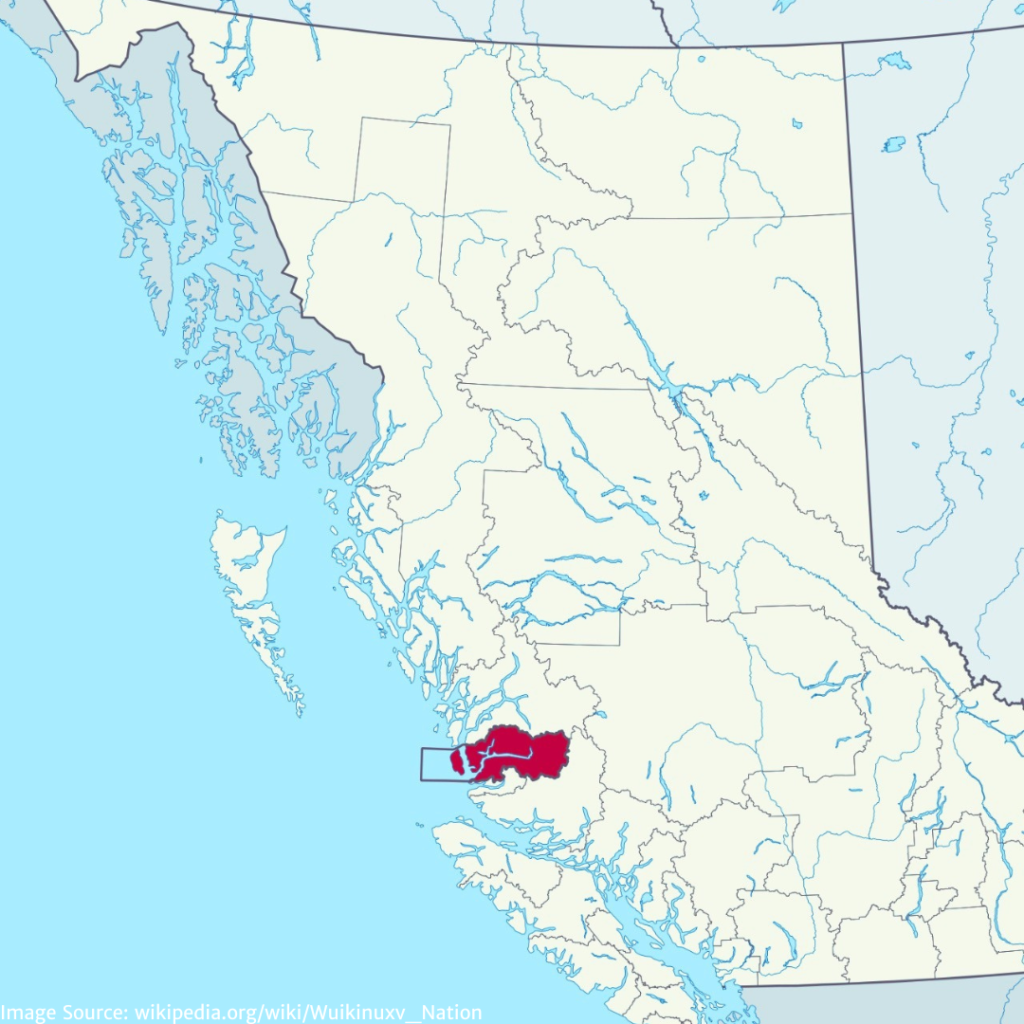
Wuikinuxv is one of BC’s smallest First Nations with about 70 residents in the community and about 130 people in other locations.
Shaw believes a network of protected areas is the key to her community’s future. “This shift is needed in a huge way to ensure that we can turn things around and hopefully revitalize the stocks, which in turn could generate economic opportunities,” she said.
Shaw is not waiting, however, to start the renewal. She says ecotourism is one opportunity she’s excited about.
“We need to usher a new wave of bringing people to the community in a sustainable way to open up our homes and our world. This will feed into our local economy in a larger way than we’re doing it now.”
Will the commitment to marine protected areas spark a return of the sockeye runs of the past?
“I hope so,” Shaw says. “I try to be very hopeful. The real work starts now.”





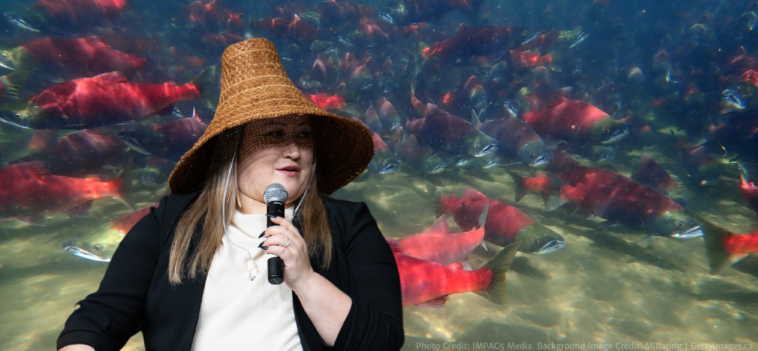
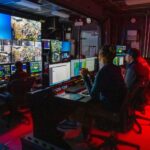
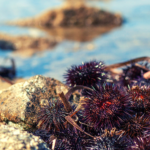
One Comment